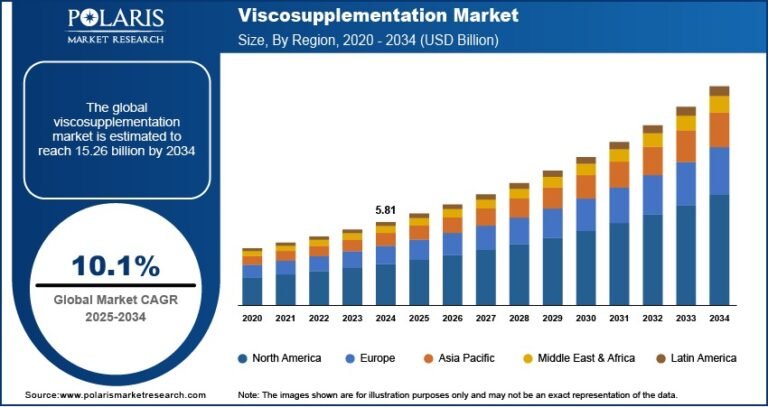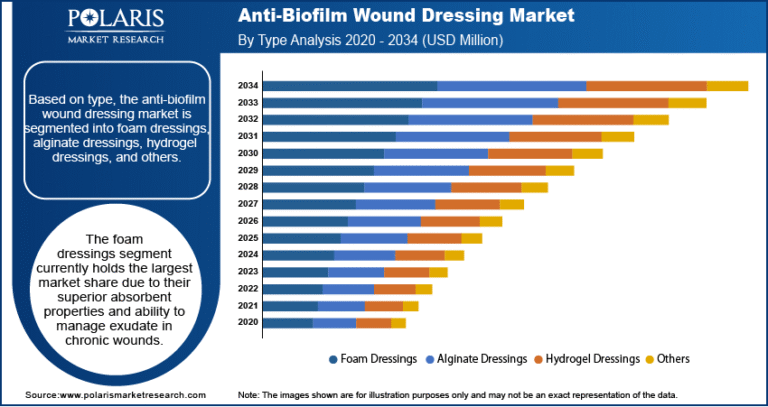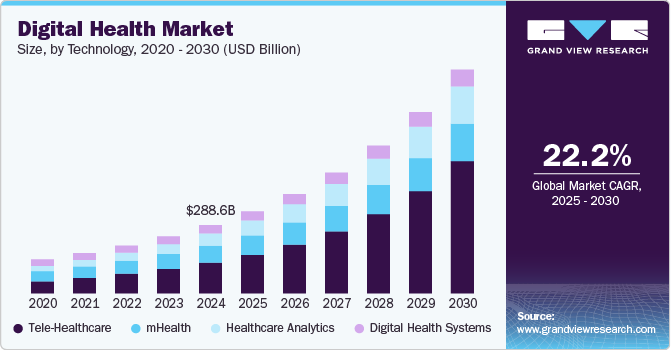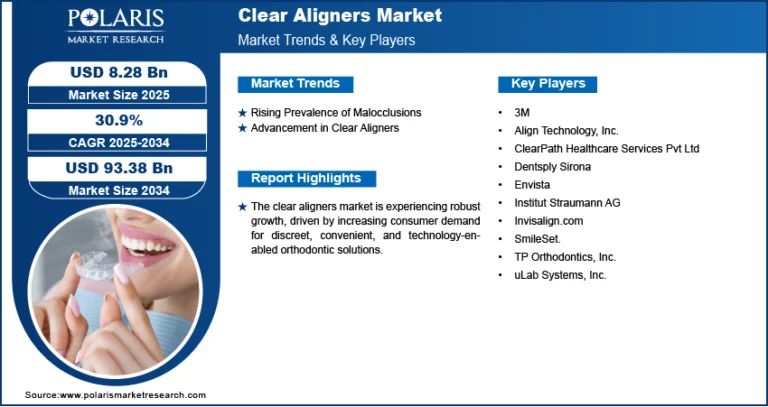Bone Grafts and Substitutes Market is expected to be valued at USD 9.0 billion by 2034, with a CAGR of 7.90%.
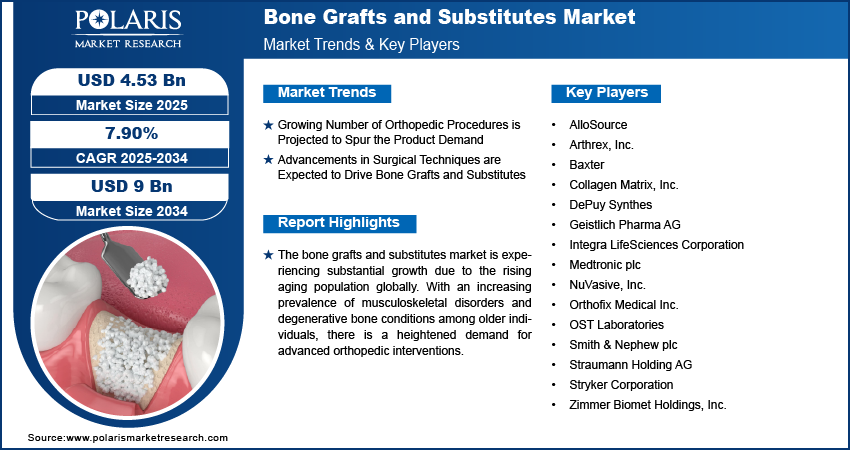
The global bone grafts and substitutes market was valued at USD 4.2 billion in 2024 and is forecasted to grow at a CAGR of 7.90% from 2025 to 2034. The market is growing due to rising orthopedic procedures and advancements in regenerative treatments.
Key Market Trends & Insights:
- Rise in Minimally Invasive Procedures: There is a growing trend toward minimally invasive orthopedic surgeries, which require advanced grafting materials for quicker recovery and better integration.
- Increasing Use of Synthetic Substitutes: Bioengineered and synthetic grafts are gaining traction due to reduced risks of disease transmission and greater availability.
- Aging Population and Osteoporosis Prevalence: The aging demographic, especially in developed economies, is driving demand due to higher incidences of bone-related disorders.
- Regenerative Medicine Integration: The integration of bone grafts with stem cell therapy and tissue engineering is an emerging trend offering potential for better healing and regeneration.
- R&D in Biomaterials: Continued research in bioresorbable materials, ceramics, and polymer-based substitutes is fostering innovation in product development.
Market Size & Forecast
Market size value in 2025 USD – 4.53 billion
Revenue forecast in 2034 USD – 9.0 billion
CAGR – 7.90% from 2025 – 2034
Request for Free Sample:
Bone Grafts and Substitutes Market Overview:
The Bone Grafts and Substitutes Market is witnessing robust growth, driven by the increasing demand for orthopedic procedures, trauma care, and spinal fusion surgeries. Bone grafts and substitutes are widely used in reconstructive surgeries to repair bone defects, fractures, and spinal injuries. These products include allografts, xenografts, autografts, and synthetic bone grafts.
Market Growth Drivers:
- Rising Incidence of Orthopedic Disorders: Increasing cases of bone fractures, joint disorders, and sports injuries are fueling demand for bone grafts.
- Technological Advancements: Innovations in 3D printing, biomaterials, and biologics are making grafts more effective and accessible.
- Surge in Spinal and Dental Surgeries: The growing number of spinal fusion and dental bone grafting procedures significantly boosts market expansion.
- Favorable Reimbursement Policies: In many regions, favorable reimbursement for orthopedic surgeries encourages the use of advanced graft materials.
- Growing Healthcare Infrastructure: Expansion of hospitals and surgical centers, especially in emerging markets, supports procedural volume growth.
Market Challenges:
- High Cost of Procedures and Products: The cost associated with Bone Grafts and Substitutes, especially synthetic and bioengineered types, can limit adoption in price-sensitive markets.
- Risk of Disease Transmission: Allografts and xenografts may carry the risk of disease transmission or immunogenic reactions, posing a barrier to widespread use.
- Stringent Regulatory Approvals: Regulatory complexities and long approval timelines can delay product launches and restrict market entry.
- Limited Availability of Autografts: Despite being the gold standard, autografts have limitations due to donor site morbidity and limited quantity.
- Awareness and Access Gaps: In some developing regions, lack of awareness among patients and limited access to advanced surgical techniques hampers growth.


